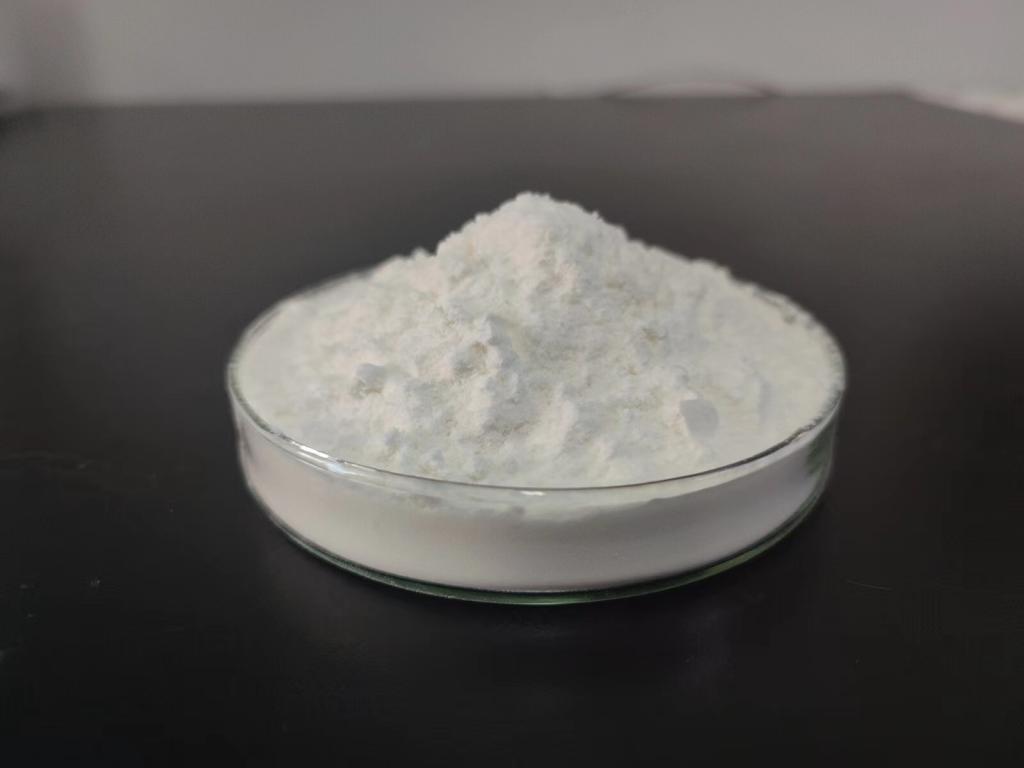Tel:+8618231198596

News
 CONTACT
CONTACT
 CONTACT
CONTACT
- Linkman:Linda Yao
- Tel: +8618231198596
- Email:linda.yao@dcpharma.cn
- Linkman:CHARLES.WANG
- Department:Overseas
- Tel: 0086 0311-85537378 0086 0311-85539701
News
Current Position:
Home >
News
>Consumer perception and acceptance of ε-Polylysine hydrochloride-treated foods.
Consumer perception and acceptance of ε-Polylysine hydrochloride-treated foods.
TIME:2024-05-11
1. Awareness and Knowledge:
Consumer awareness: Many consumers are unaware of ε-PL and its role as an antimicrobial agent in food products. Lack of information may lead to misconceptions or concerns about its safety and efficacy.
Knowledge dissemination: Educating consumers about ε-PL, its natural origin, safety profile, and benefits in food preservation is essential for building trust and fostering acceptance.
2. Sensory Attributes:
Taste and flavor: ε-PL may impart slight bitterness or metallic taste to foods, depending on the concentration and formulation. Consumers' sensory experiences influence their overall liking and acceptance of ε-PL-treated foods.
Odor and aroma: Changes in odor or aroma caused by ε-PL may affect consumers' perception of food quality and freshness, influencing their purchase decisions.
3. Health Concerns:
Safety perceptions: Consumer concerns about the safety of food additives, including ε-PL, may impact their acceptance of treated foods. Clear and transparent communication about safety assessments and regulatory approvals is essential for addressing these concerns.
Health benefits: Communicating the potential health benefits of ε-PL, such as extended shelf-life and reduced risk of foodborne illness, can enhance consumer acceptance and confidence in treated foods.
4. Labeling and Transparency:
Ingredient labeling: Accurate and transparent labeling of ε-PL on food packaging is critical for informing consumers about its presence and purpose in treated foods. Clear labeling helps consumers make informed choices and builds trust in food safety.
Clean label trends: Consumer demand for clean-label foods with natural ingredients may influence their acceptance of ε-PL-treated foods. Positioning ε-PL as a natural preservative aligns with clean label trends and consumer preferences.
5. Trust in Food Safety:
Regulatory approvals: Consumers place trust in regulatory agencies' assessments of food additives' safety and efficacy, including ε-PL. Compliance with regulatory standards and transparent communication about approvals can enhance consumer trust in treated foods.
Brand reputation: Consumers trust established brands with a reputation for quality and safety, influencing their willingness to purchase ε-PL-treated foods from trusted manufacturers.
6. Market Research and Consumer Insights:
Consumer surveys: Conducting market research and consumer surveys can provide valuable insights into consumer attitudes, preferences, and willingness to purchase ε-PL-treated foods.
Sensory testing: Sensory evaluation studies help assess consumer liking and acceptance of ε-PL-treated foods and identify opportunities for improvement in product formulation and marketing strategies.
7. Future Directions and Recommendations:
Continued education: Continued efforts to educate consumers about ε-PL, its safety, and benefits in food preservation are essential for building awareness and trust.
Product innovation: Innovation in product formulation and sensory optimization can improve the sensory attributes of ε-PL-treated foods and enhance consumer acceptance.
Transparent communication: Transparent communication about ε-PL, its purpose, and safety considerations on food labels and marketing materials is critical for fostering consumer trust and acceptance.
Conclusion:
Consumer perception and acceptance of ε-polylysine hydrochloride-treated foods are influenced by factors such as awareness, sensory attributes, health concerns, labeling, and trust in food safety. Understanding consumer attitudes and preferences is crucial for promoting the adoption of ε-PL-treated foods and ensuring their market success. By addressing consumer concerns, communicating transparently, and innovating in product development, food manufacturers can enhance consumer acceptance of ε-PL-treated foods and contribute to improved food safety and quality.
- Tel:+8618231198596
- Whatsapp:18231198596
- Chat With Skype







